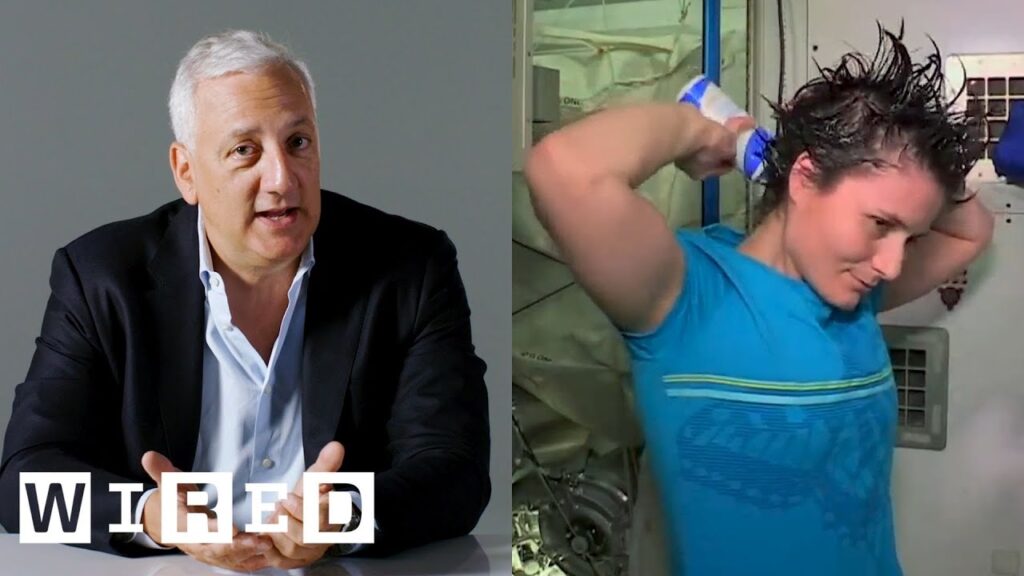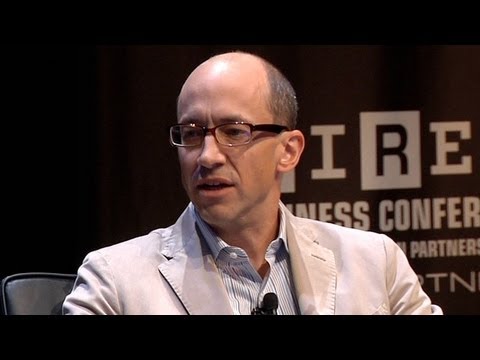The Science Behind Eliud Kipchoge’s Record-Breaking Marathon: Experts Weigh In
Summary
Eliud Kipchoge’s historic marathon finish in under two hours on October 12 made headlines and raised questions about the role of training, pacing strategies, equipment, and logistics in top-level athletics. While his performance does not meet the criteria for an official world record, it sets new standards for human endurance and motivates other athletes to push their limits. In this Q&A discussion, experts in sports science and technology share their insights on Kipchoge’s run, the impact of carbon-plated shoes, and the future of marathon racing.
Table of Contents
- Introduction
- What made Kipchoge’s training program so effective, and how does it compare to other elite runners?
- What is the role of pacing strategies and pacemakers in a sub-two-hour marathon attempt?
- How significant are the Nike Vaporfly shoes with carbon plates, and what advantages do they provide?
- What are the potential ethical implications of technology-enhanced performance in sports, including the use of specialized equipment?
- What lessons can other athletes and coaches learn from Kipchoge’s performance, and what changes could we see in future marathons?
- Conclusion
Introduction
Questioner: Eliud Kipchoge’s sub-two-hour marathon has recently generated a lot of excitement and discussion in the running community and beyond. Can you explain why his performance is significant, and what factors contributed to his success?
Expert: Certainly. Running a marathon in under two hours has been considered a nearly impossible feat for years, so when Kipchoge achieved it, he shattered a significant barrier in the sport of distance running. He showed that with the right combination of training, pacing, equipment, and logistics, it is possible to achieve feats previously thought unattainable.
What made Kipchoge’s training program so effective, and how does it compare to other elite runners?
Questioner: Kipchoge has been a successful distance runner for many years, but what specifically did he do to prepare for the sub-two-hour attempt? How does his training program compare to other elite runners?
Expert: Kipchoge’s training regimen is rigorous and methodical, with a focus on consistency, quality, and injury prevention. He trains twice a day, six days a week, totaling around 80-90 miles per week. He mixes up workouts to include tempo runs, fartleks, interval training, and long runs. He also incorporates strength training, stretching, massage, and rest days.
Compared to other elite runners, Kipchoge’s program is somewhat unique in its balance between volume and intensity of training. He emphasizes quality over quantity, which means that he does not run unusually high weekly mileage, yet he runs every mile at a relatively fast pace. This approach, combined with his mental focus and resilience, has allowed him to maintain a high level of performance without suffering major injuries or burnouts.
What is the role of pacing strategies and pacemakers in a sub-two-hour marathon attempt?
Questioner: Kipchoge ran with a group of pacemakers who took turns leading him at a specific pace throughout the race. Can you explain why this strategy is important and how it affects the runner’s performance?
Expert: Pacing strategies and pacemakers can significantly impact a runner’s performance in a marathon, especially in a sub-two-hour attempt. The primary role of pacemakers is to shield the runner from wind resistance and conserve their energy by maintaining an even pacing, ideally slightly faster than the target speed. By running behind a shield of pacemakers, Kipchoge was able to save up to 90 seconds over the whole race, according to some estimates.
Moreover, pacemakers provide psychological support and motivation for the runner, as they help keep the pace and keep the runner focused on the task at hand. Knowing that there are experienced, reliable runners around them can reduce the anxiety and uncertainty that come with racing, especially with so much at stake.
How significant are the Nike Vaporfly shoes with carbon plates, and what advantages do they provide?
Questioner: Another factor that has been mentioned in Kipchoge’s performance is the shoes he wore—a pair of Nike Vaporfly shoes with carbon plates in the soles. How do these shoes work, and what advantages do they offer to runners?
Expert: The Nike Vaporfly shoes represent a significant advance in shoe technology and have been credited with helping runners set personal and world records in recent years. The carbon plates in the soles act as a type of spring, propelling the runner forward with more force and reducing the energy lost during foot impact. The shoes also have a unique foam cushioning that absorbs shock and returns energy while being lighter than traditional shoes.
By wearing these shoes, Kipchoge likely gained a significant advantage over other runners who use non-carbon-plated shoes, especially in the later stages of the race when fatigue sets in. However, the shoes are not a magic bullet and still require the runner to be fit, skilled, and disciplined to perform near their maximum potential.
What are the potential ethical implications of technology-enhanced performance in sports, including the use of specialized equipment?
Questioner: Some critics argue that using specialized equipment like the Vaporfly shoes gives some runners an unfair advantage over others, potentially leading to technological doping. What are your thoughts on this issue, and how can the athletic community address it?
Expert: The concern about technological doping is a valid one and raises important questions about fairness, health, and credibility in sports. While it is natural for technology to evolve and even revolutionize the way we perform, there must be a balance between innovation and integrity. In the case of running shoes, for example, it is crucial that the design and materials used do not create an artificial boost to the runner’s performance, which could harm the sport’s spirit and image in the long run.
That being said, it is also important to recognize that equipment is only one of many factors that contribute to athletic performance, and ultimately, it is the athlete’s skill, strategy, and teamwork that make the difference between winning and losing. The athletic community should establish clear criteria for what constitutes doping and regulate the development and use of specialized equipment accordingly.
What lessons can other athletes and coaches learn from Kipchoge’s performance, and what changes could we see in future marathons?
Questioner: Finally, what can other distance runners and coaches learn from Kipchoge’s milestone, and how might it affect future marathon racing?
Expert: Kipchoge’s sub-two-hour marathon provides a blueprint for success in distance running that other athletes and coaches can learn from and apply. Some of the lessons include:
- Consistency: Stick to a well-designed, balanced training program that emphasizes both quality and rest.
- Pacing: Use pacemakers, pacing charts, and mental focus to maintain an even pace and conserve energy for the later stages of the race.
- Equipment: Choose shoes, clothing, and nutrition that are comfortable, efficient, and legal under the regulations.
- Mental attitude: Believe in oneself, set realistic yet challenging goals, and stay focused and positive even when facing setbacks.
Conclusion
Expert: All in all, Eliud Kipchoge’s historic sub-two-hour marathon represents a milestone in human achievement and sets new standards for athletics. While there are valid concerns and questions about the role of pacing, equipment, and technology in sports, it is also important to appreciate the art and science of distance running and the hard work and dedication that goes into it. We hope that Kipchoge’s feat inspires other runners to reach for their dreams and that the athletic community continues to strive for a fair, healthy, and exciting sport.







